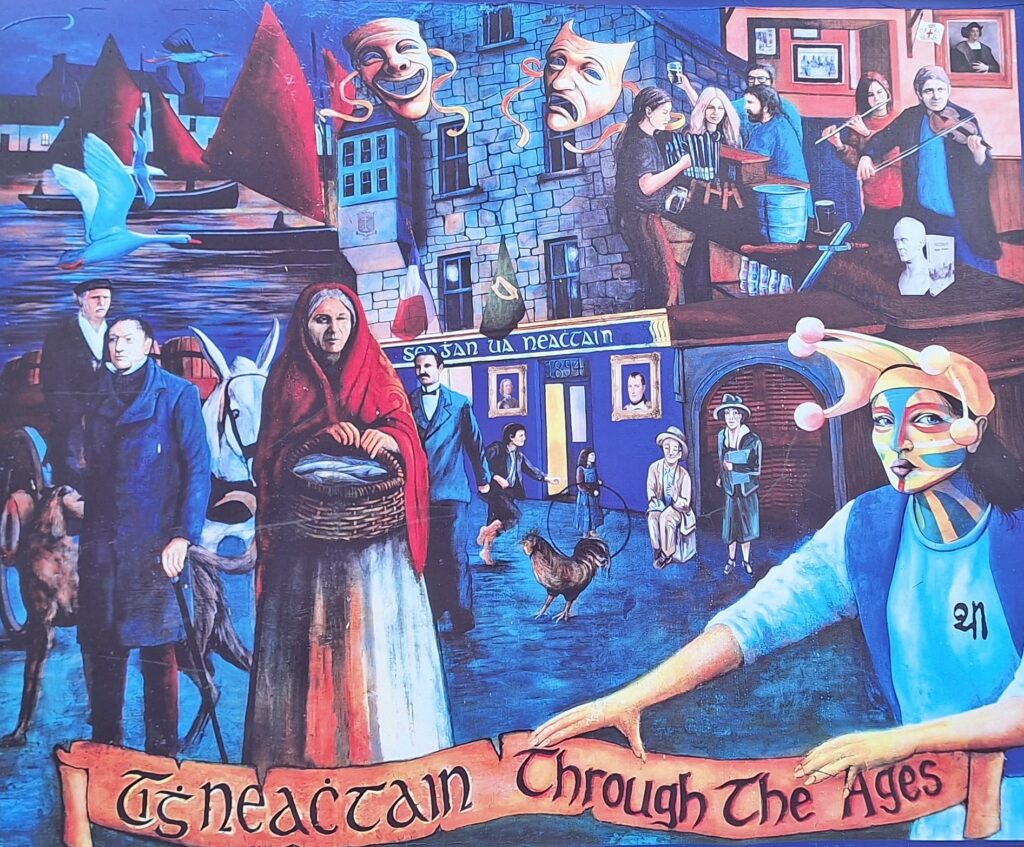
On the west side of Ireland, there is a beautiful coast that calls with a Siren’s (Silkie’s?) song to every bathing enthusiast. But if it’s the Irish folk spirit you want to meet, then you also have to visit the city of Galway on the north side of Galway Bay.
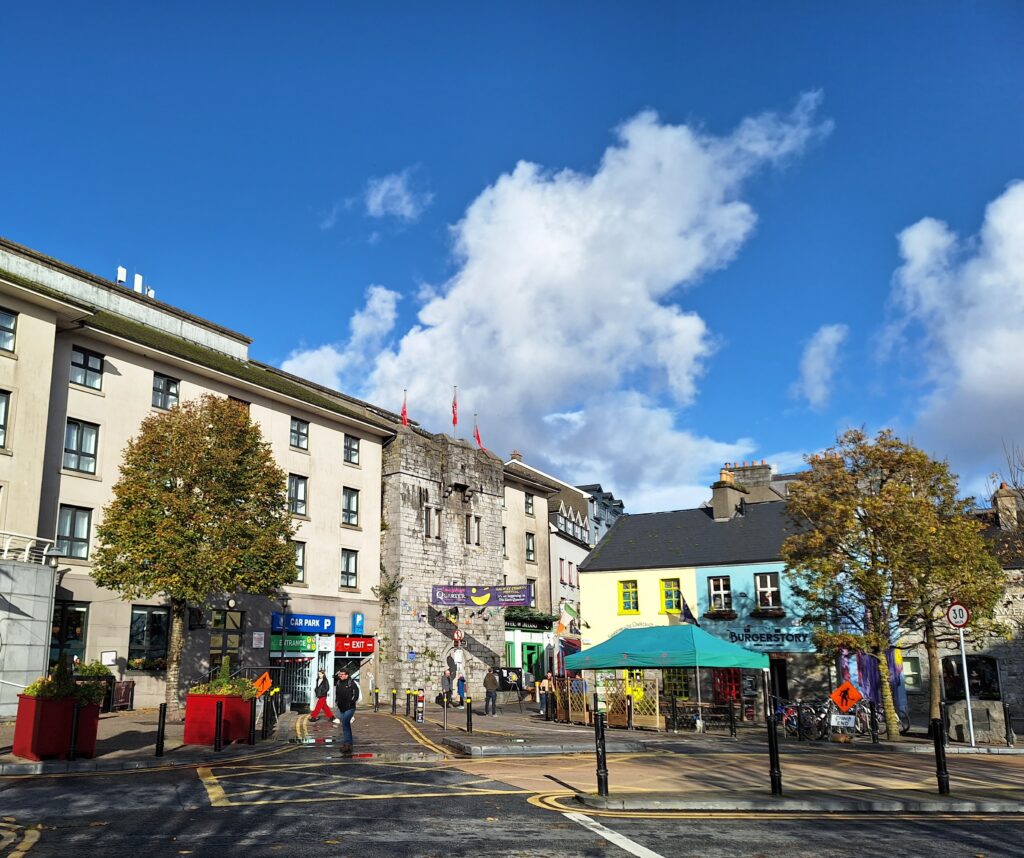
Galway, with its population of just over 80,000, is a lively city with a long history. The king of the region of Connacht built a fortification in 1124 by the river Gaillimh, which later became a town. In 1484, a city council was formed with a mayor. The city was ruled by 14 trading families, ‘The Tribes of Galway‘. Of these, 12 were of Norman origin and 2 were Irish.
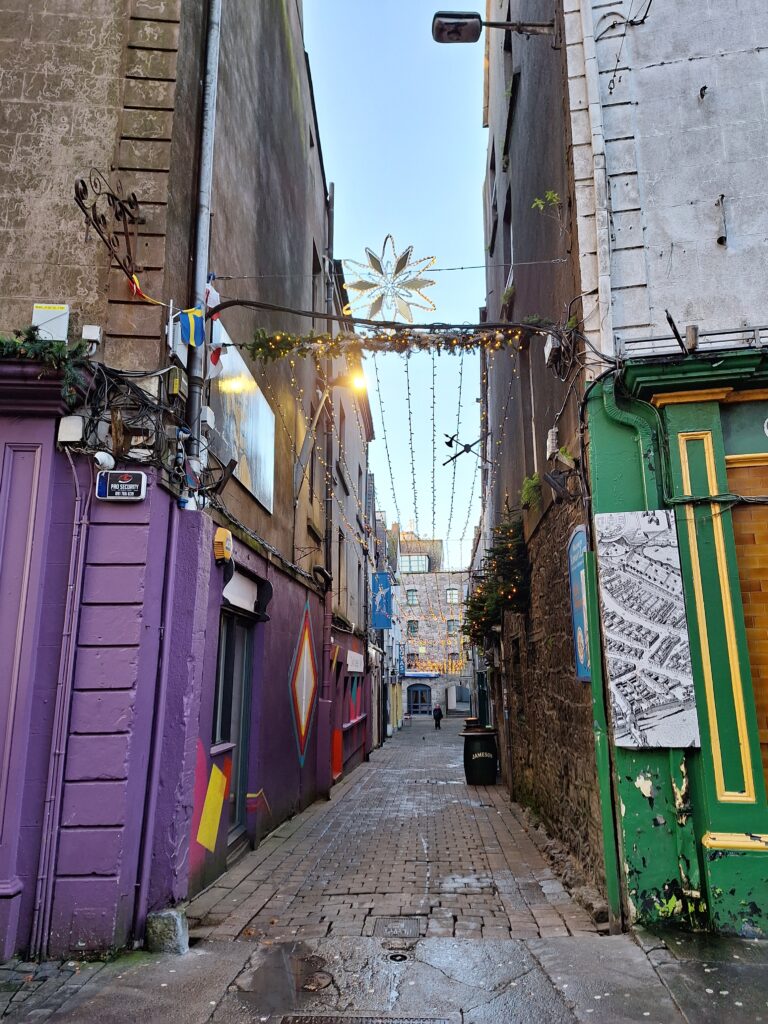
People of Irish descent did not have automatic access to the city in the old days, they lived in the Claddagh district at the west side of the river. In a statute in the 16th century the following could be read: ‘Neither O’ nor Mac shall strut or swagger through the streets of Galway without permission‘.
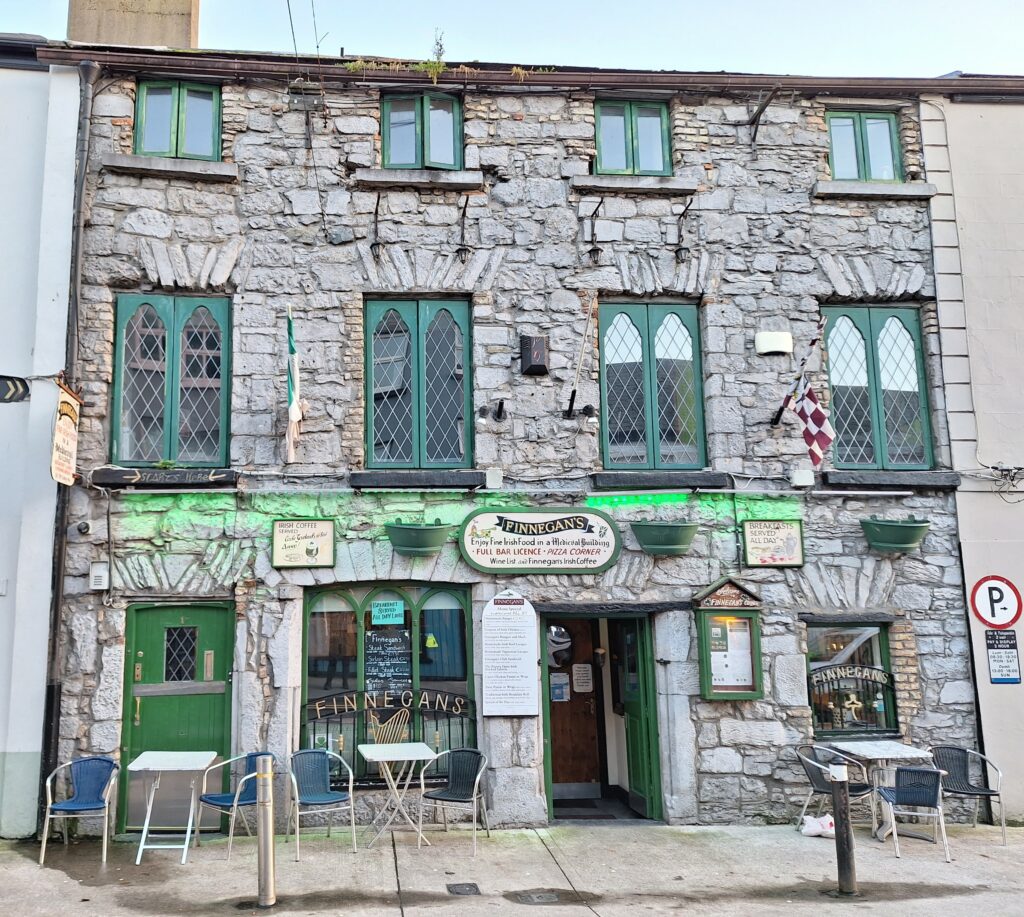
We stayed in ‘The Latin Quarter‘, where there is partytime both day and night. So lively that all the rooms (some of which had been hotel rooms for more than 700 years) were armed with earplugs. Every afternoon, the street players appear everywhere, and they move around the city space following an intricate system of permits and self-justice.
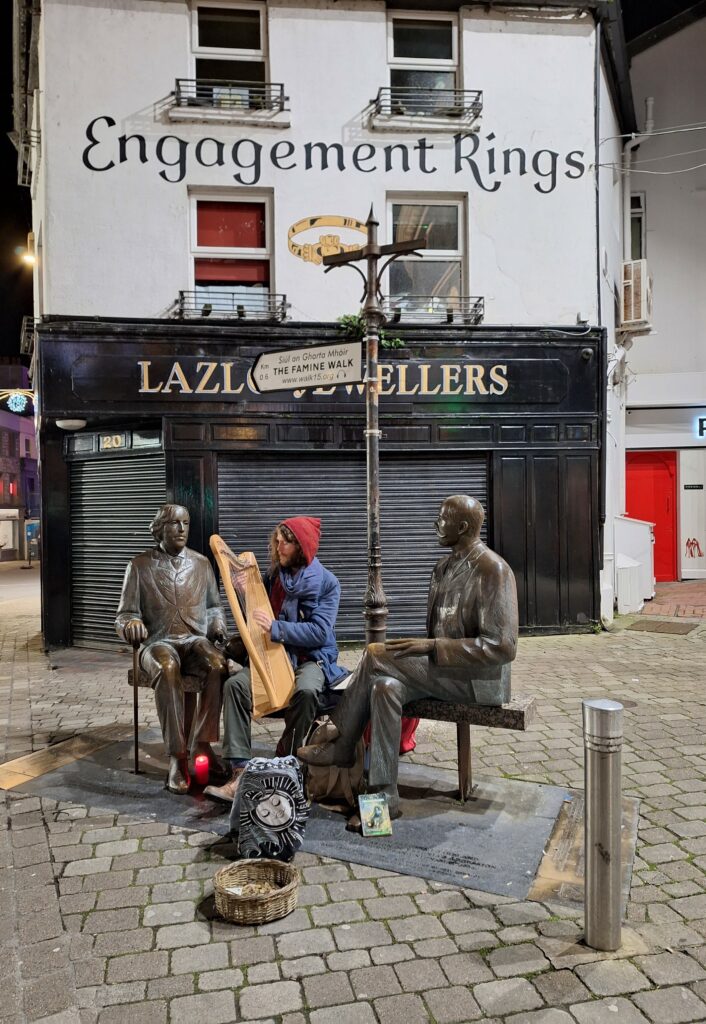
The name of the city of Galway has several erroneous interpretations and myths attached to it, including that it comes from Gailleamh, which was the name of the chieftain Fir Bolg’s daughter. Gailleamh drowned in the river, and her father was so distraught over this that he camped on the spot to mourn her spirit. The town that later grew here is said to have been named Gaillimh in her honour. But – the current opinion is that Galway city got its name from the river, an anglicisation of the Gaelic ‘Gaillimh‘ = ‘The Rocky River‘.
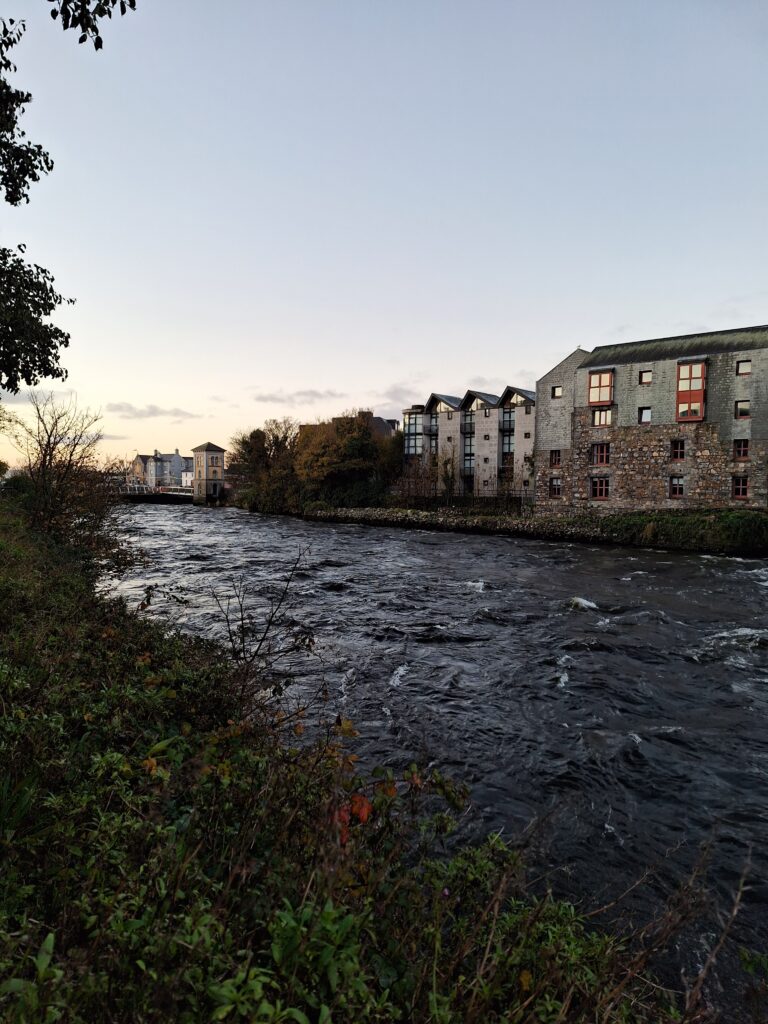
The river is today called the Corrib and is, according to local sources, the fastest flowing urban river in all of Europe. Yes! The Corrib is fast running!
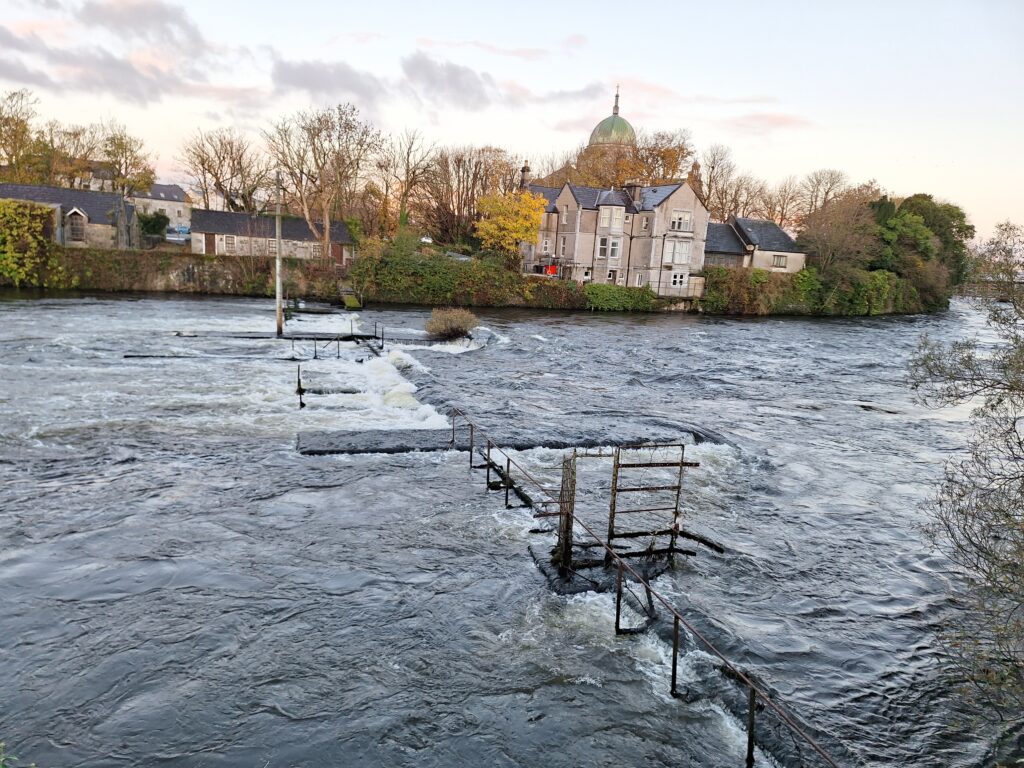
When it came to swimming in Galway, Tobatheornottobathe were in strong doubt. On the one hand – It looks like great fun flowing with the current in Corrib! On the other hand, such a stunt would require an extended HSE focus, for example by use of a wet suit. And we were on a weekend holiday without extra equipment beyond swimwear and a towel.
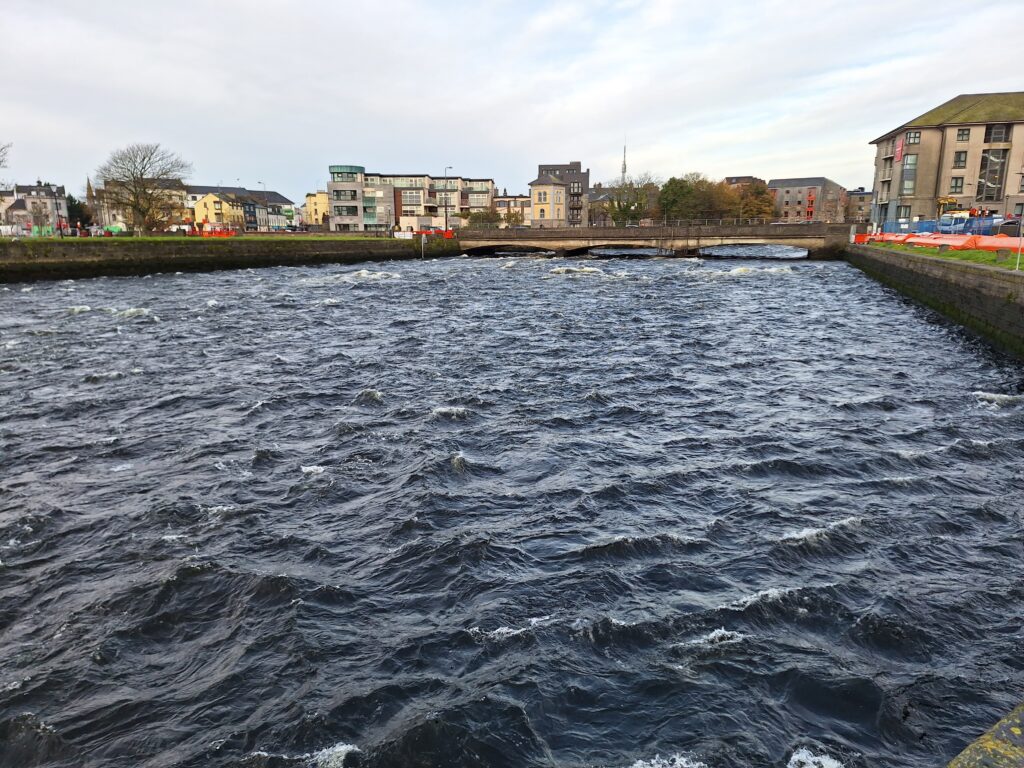
Besides, there was the other bathing issue – hygiene. When we were ready for the first morning bath in Galway, we had no idea about the ‘bathability‘ in relation to water quality. Tobatheornottobathe therefore made the simple decision to swim in the sea instead of the river, and headed west from the mouth of the Corrib.
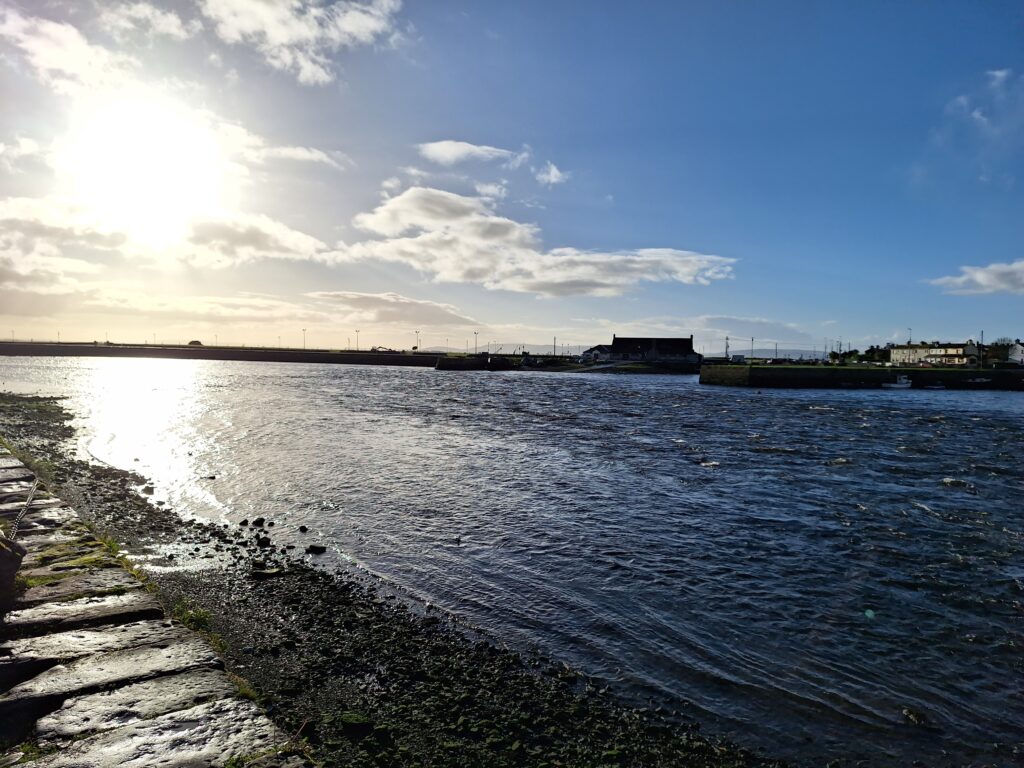
On the way we came across this sign, which became an excellent starting point for a lively discussion. ‘Oh, funny, a fishing school!‘ Knut said. ‘Nonsense!‘, Idun (and one of our co-travellers, who shall remain anonymous) replied, ‘Episcopal means that this is a church’s school!‘
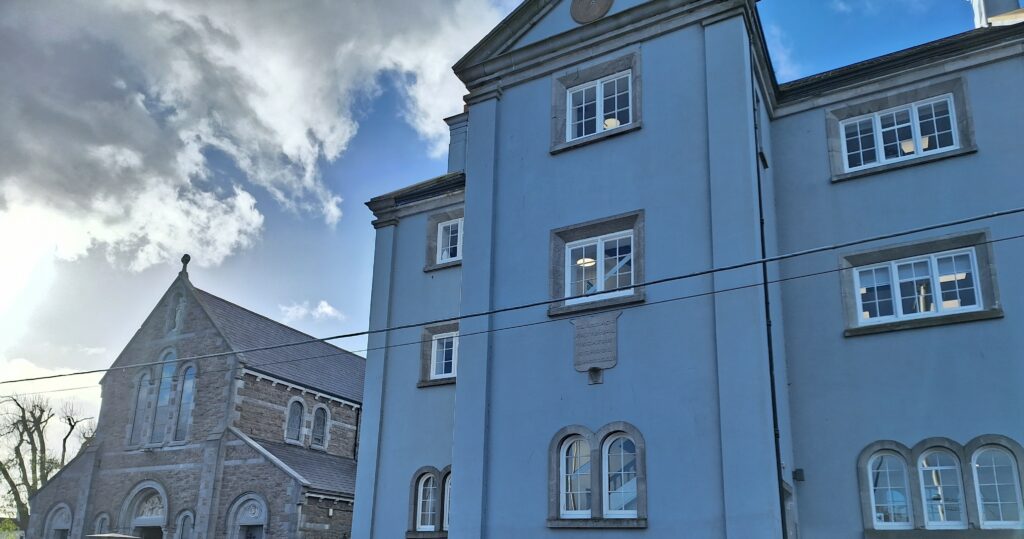
… but this time Idun actually had to admit that she was wrong. Claddagh Piscatorial School is not Episcopal. It was the Dominicans who wanted to teach the fishermen new ways to fish, and therefore created this school. Not a very popular idea among the local fishermen that someone should come along and teach them how to fish!
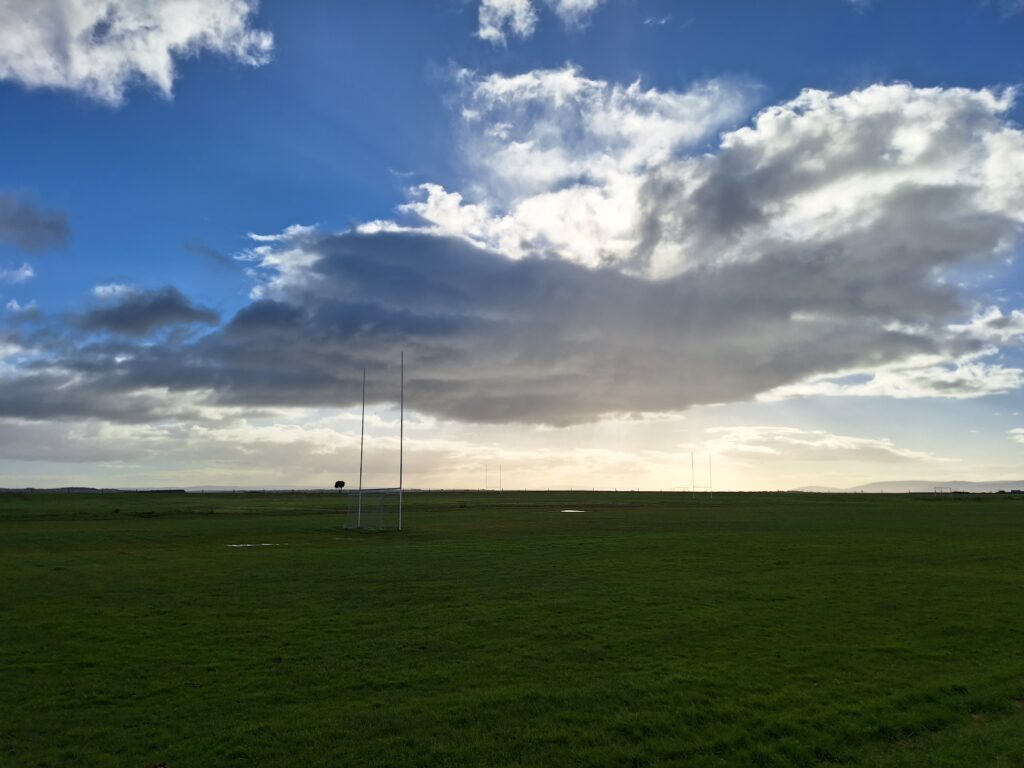
It is nice to walk west from Galway city center and we aimed for Mutton Island. On the map it looks like a paradise for a walk, and also perfect for swimming.
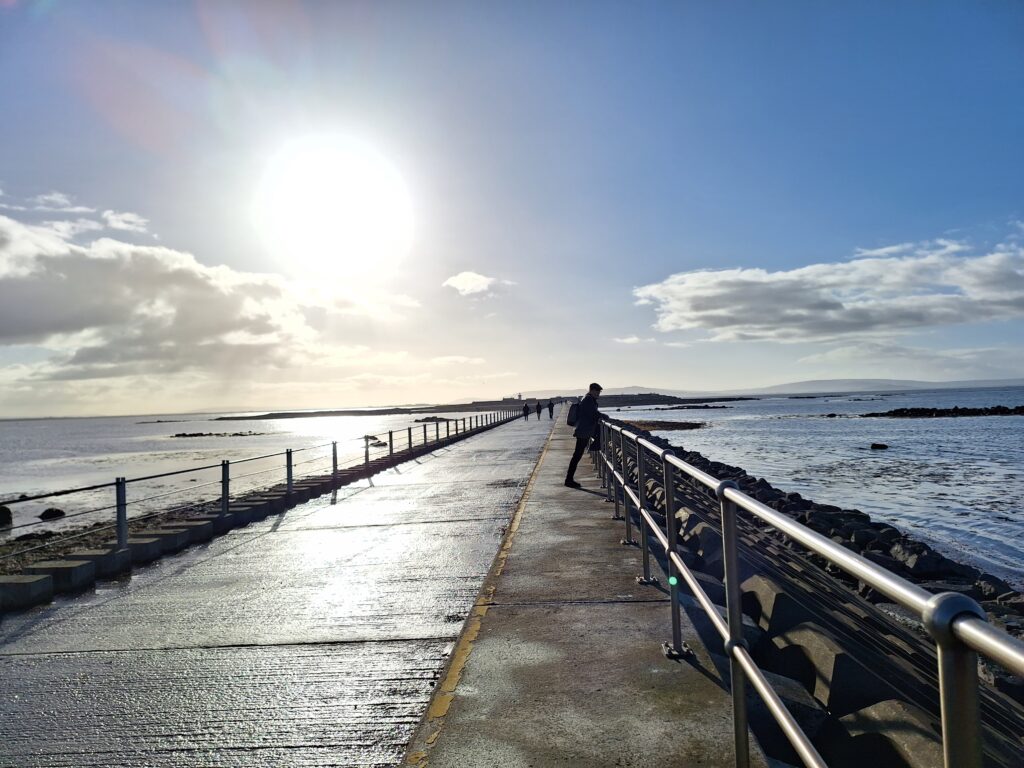
But no. The entire island is closed off, and there are also signs prohibiting swimming from the pier. And when we discovered what the island is used for, all temptations to sneak in a bath disappeared like dew in the cold November sun. Mutton Island is used in its entirety for cleaning the sewage from Galway!
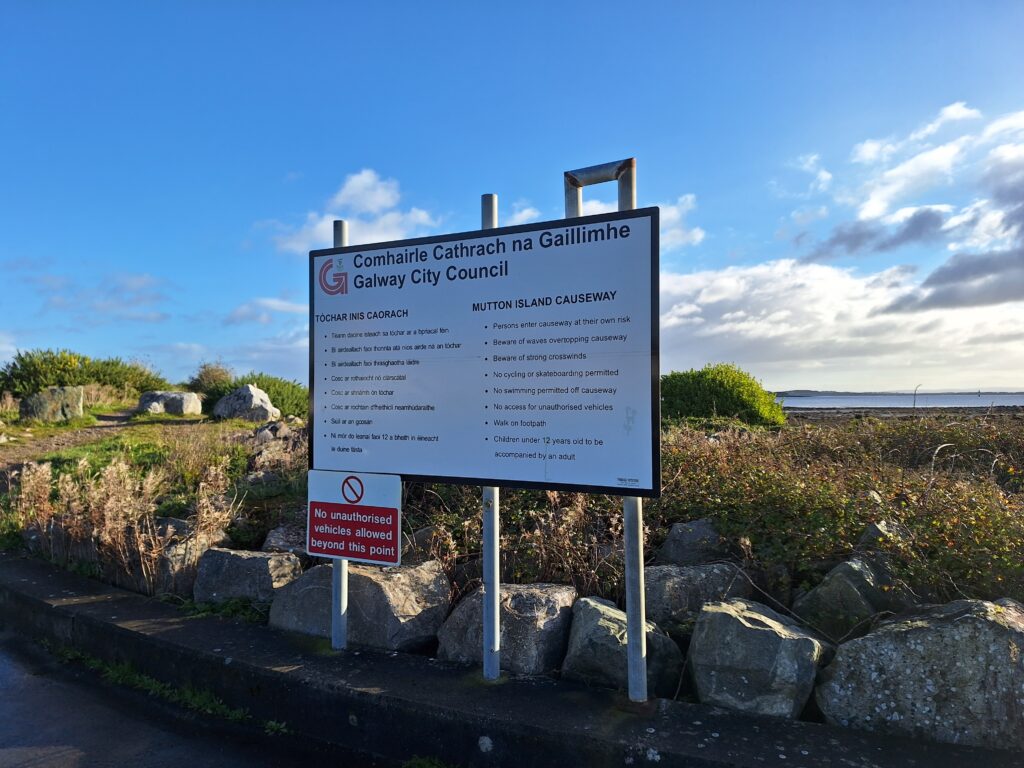
So then it was just a matter of giving up? No, Tobatheornottobathe doesn’t give in that easy. There was a beautiful sandy beach just inside Mutton Island and the walkway. As long as we entered the beach from the beach promenade, there was no prohibition – according to our interpretation. It turned out to be a really nice bath, and we were almost completely sure that the water quality was good.

When you (Knut) have a backache, a fresh bath is just perfect. The cold water shocks away pain and stiff muscles, and leaves you in really good shape afterwards. At least with a small taste of Irish whiskey in the body.
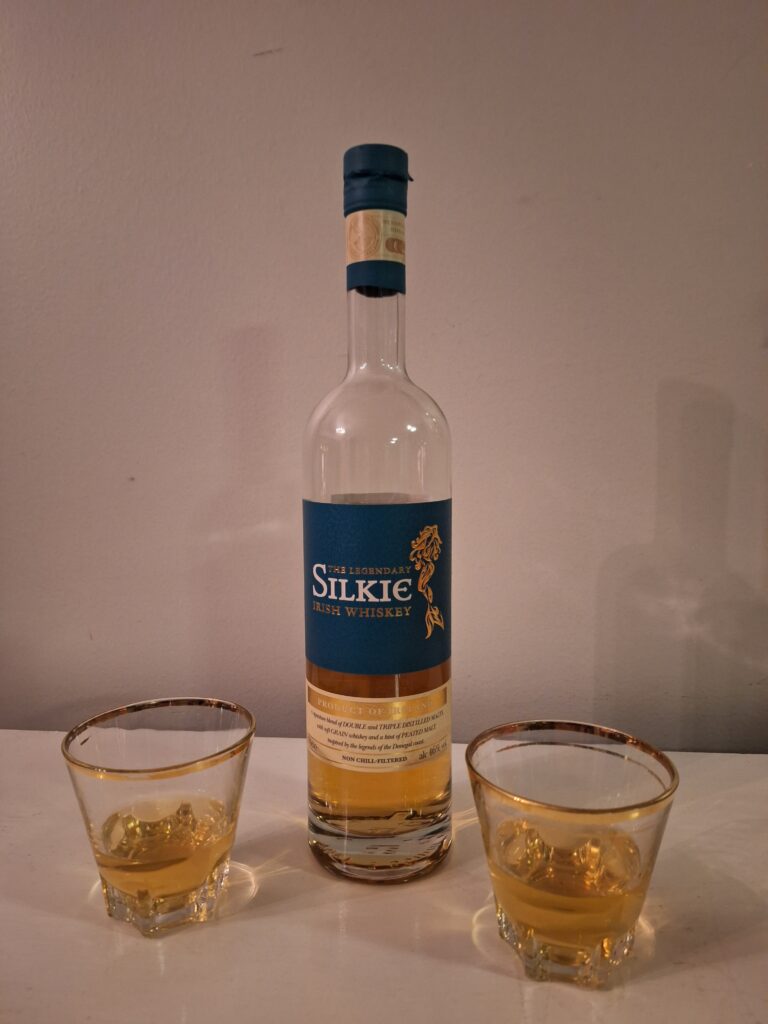
It is believed that Irish monks started distilling and producing whiskey from the 13th century. The drink was popular into the 19th century, but after many years of decline there were only two Irish distilleries left in 1966. This trend has now been completely reversed, with Irish whiskey being the fastest growing spirit in the world every year since 1990.

Silkie was, according to the legends, a kind of mermaid. She had a human form but also a seal-figure. In the moonlight she came ashore and danced on the beach. The Silkie was beautiful, with dark hair and deep soulful eyes. A young fisherman saw the seal woman, they fell in love and lived together for a while. But the sea called Silkie, stronger and stronger, until finally she gave in and went back to the sea forever.
Tobatheornottobathe has the general opinion that it’s always a good time for a bath, but this time we feel the fisherman might not quite agree.